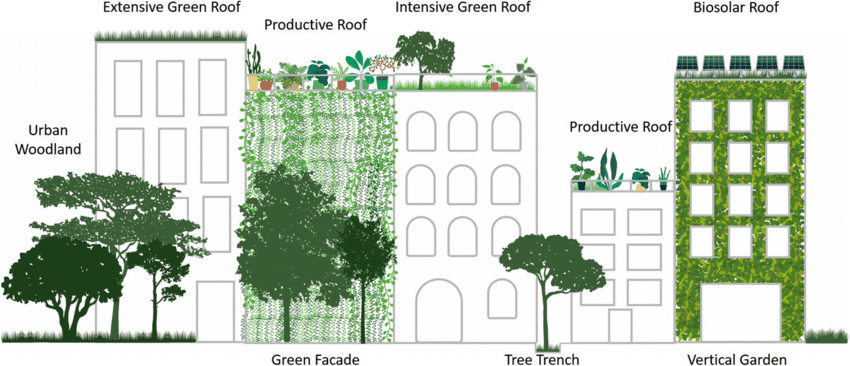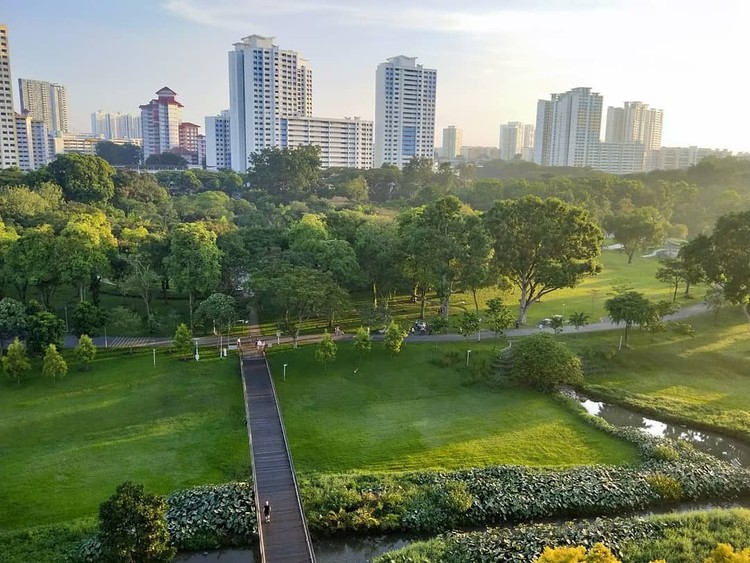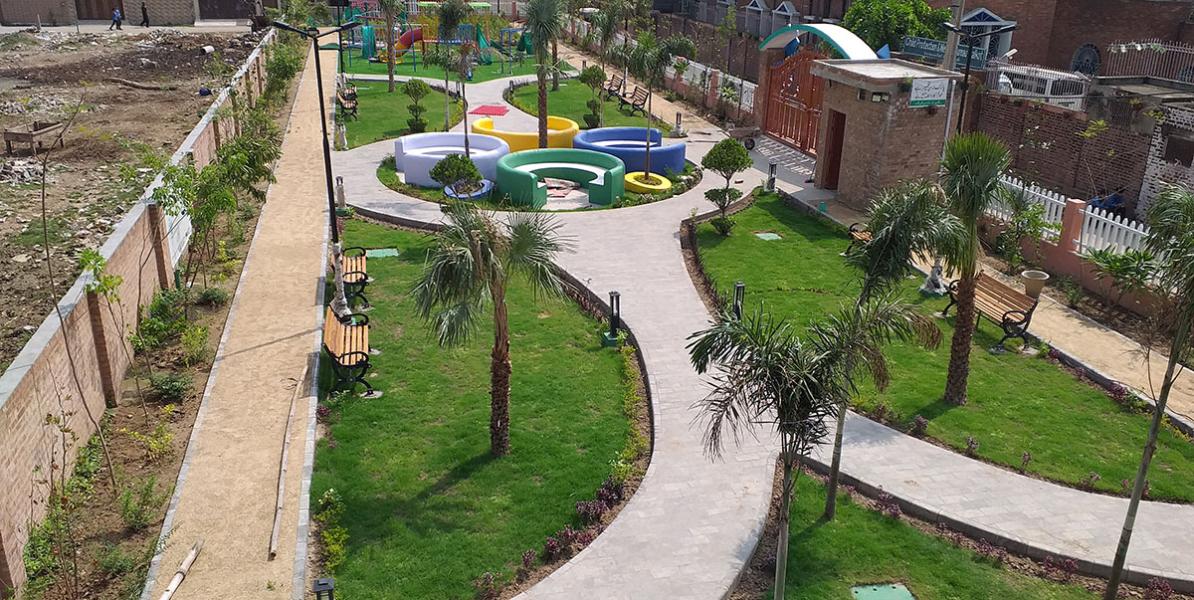Introduction: As cities continue to expand, the concrete jungles we inhabit often seem to overlook the vital relationship between human development and the natural environment. However, there’s a growing recognition that integrating nature-based solutions into urban design is not just a luxury but a necessity for sustainable and resilient communities. In this blog, we’ll delve into the importance of incorporating nature-based solutions in urban design and explore how they can foster harmony between urban life and the environment.
- Understanding Nature-Based Solutions:
- Define what nature-based solutions (NBS) are and why they’re gaining traction in urban planning.
- Highlight examples of NBS such as green roofs, urban forests, rain gardens, and permeable pavements.
- Benefits of Nature-Based Solutions in Urban Design:
- Discuss how NBS can mitigate urban heat island effect by providing natural cooling.
- Explore the role of green spaces in improving air quality and reducing pollution.
- Examine the potential of NBS to manage stormwater runoff and prevent flooding.
- Highlight the positive impacts of nature on mental health and well-being in urban populations.
- Case Studies of Successful Implementation:
- Showcase cities or neighborhoods that have effectively integrated nature-based solutions into their urban design.
- Discuss the challenges faced and lessons learned from these case studies.
- Provide quantitative data where available to illustrate the tangible benefits of NBS implementation.
- Principles for Integrating NBS in Urban Design:
- Emphasize the importance of collaboration between urban planners, architects, ecologists, and community members.
- Advocate for a holistic approach that considers ecological, social, and economic factors.
- Highlight the need for adaptive design strategies that can accommodate changing environmental conditions.
- Overcoming Barriers and Challenges:
- Address common obstacles to implementing NBS, such as lack of funding, institutional inertia, and regulatory barriers.
- Suggest strategies for overcoming these challenges, including policy incentives, public-private partnerships, and community engagement.
- The Future of Urban Design:
- Envision a future where nature-based solutions are integral to every aspect of urban planning and design.
- Discuss emerging trends and innovations in NBS, such as biophilic design and nature-inspired technologies.
- Encourage readers to advocate for NBS in their own communities and support initiatives that prioritize sustainable urban development.
Conclusion: Incorporating nature-based solutions in urban design is not just about creating aesthetically pleasing green spaces; it’s about fostering resilience, promoting biodiversity, and improving quality of life for urban dwellers. By embracing NBS, cities can transform into vibrant, sustainable, and resilient ecosystems where humans and nature coexist in harmony. It’s time to reimagine our cities as spaces where concrete and greenery seamlessly blend together for the benefit of present and future generations.





